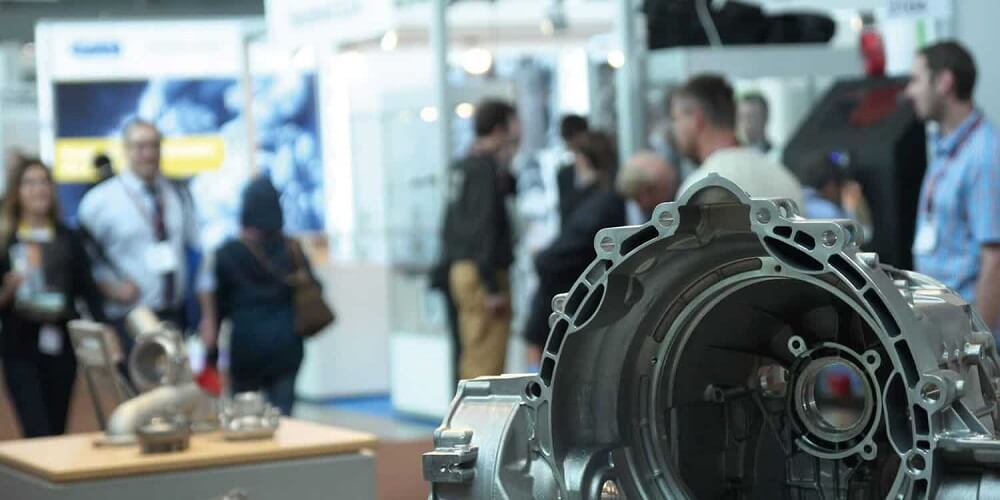Forging is one of the oldest forms of metalworking, and it is still in use today. What is forging? Forging is a process or technique whereby metal is formed without totally melting the material. There are several types and subtypes of forging, but for the purpose of this article, we will be looking at cold forging.
What is cold forging? It is a metal shaping process whereby a bar of metal is thrust into a die and compressed with a second die to create metal with the intended design or configuration. There are several cold forging examples depending on the kind of products the customer wants.
This process is carried out at room temperature, or at a temperature less than the materials recrystallization own. Cold forging is very unique, because when compared to other forging processes it is very economical. It doesn’t require much because it operates at room temperature using localized forces.
Here are some types of cold forging processes. Let’s delve in.
Types of cold forging processes
We live in an innovative and technologically advanced world, where the system of things changes as each day goes by. Each cold forging process serves a different need, but all create products efficiently without the need for secondary finishing
These cold forging processes include closed die, bending, cold rolling, drawing, ring forging, swaging, extrusion, open die, etc. But only a few of these will be explained in this article. Note that there are more types of cold forging processes, but an explanation of some of these ones will give you an idea of how the others operate.
Furthermore, one important feature of cold forging processes is the kind of lubricant used. The most common lubricant is zinc phosphate, but a lot of manufacturers use some type of polymer coating.
Now, it was mentioned that cold forging is carried out at room temperature, but certain processes like bending and shaping can increase the metal’s temperature. The lubricant helps to prevent errors, hold the die in its place, and extend the durability of the tools. Lubricant manufacturers produce a wide range of products for each type of forging process.
Let’s delve into the business of the day
1. Closed die:
This type of forging involves shaping the workpiece via consecutive mechanical blows when it is squeezed between two die halves. The hammer hits the workpiece severally, so some manufacturers also call the closed die forging, drop forging. When the metal is struck, it moves into cavities, thus changing the die’s shape.
2. bending
Bending is carried out through a press and die. In this case, the metal workpiece is placed against the tool. This process is also known as pyramid rolling and can be used to produce metal for another cold forging process.
3. Drawing:
Drawing entails dragging the workpiece via a die using tensile strength applied at the end. When the workpiece is dragged through, the cross-sectional area is reduced, while the length is increased.
4. Ring forging
This process produces a circular workpiece that is punched in the middle to create a donut shape. As this piece is rotated, it is squeezed and hammered.
